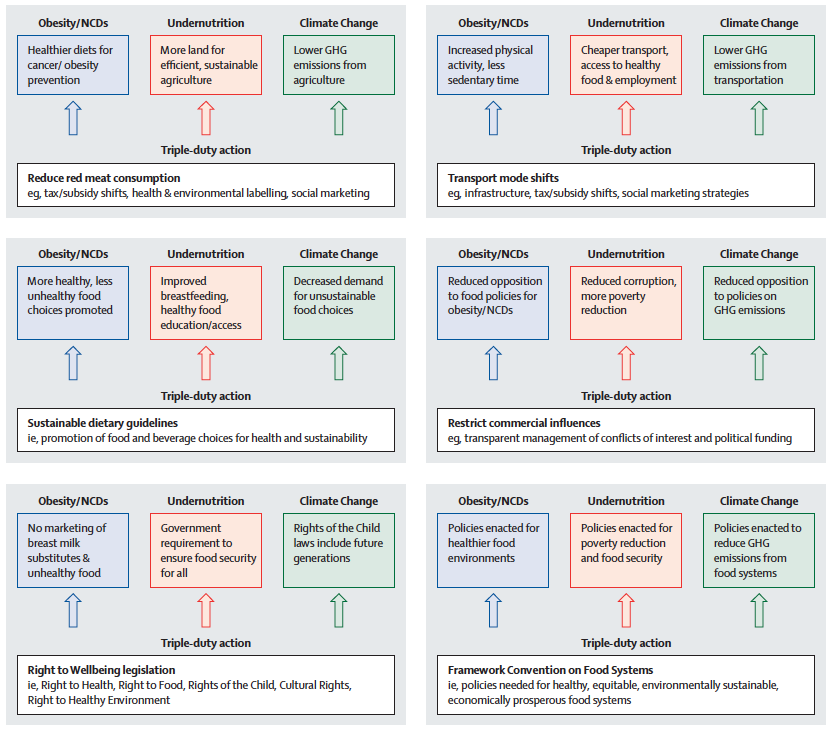Food Bytes is a weekly blog post of “nibbles” of information on all things food and nutrition science, policy and culture.
The Chicago Council on Global Affairs released their annual report. This year focuses on water: From Scarcity to Security: Managing Water for a Nutritious Food Future. There are lots of nuggets on the links of water to food and nutrition. Definitely worth a read.
IFPRI has also launched a new book: Agriculture for improved nutrition: Seizing the momentum. I contributed a chapter on biodiversity and its importance for food and nutrition security.
I always like what Bee Wilson writes. She recently wrote a great piece in the Guardian on how modern food is killing us. The grape story is an interesting analogy of how our food system has changed.
I just can’t help myself, but the EAT Lancet continues to get press. This article hones in on how it spurred a global debate. Great. It did its job. Keep debating! The Guardian is going a bit nuts on the diet side. They also published a recent piece on “peak beef.” And the Hopkins HUB, published an article on proteins of the future where they warn us to “get ready for a menu of lab-grown steaks, "bleeding" plant burgers, and cricket smoothies!”
Speaking of animal source foods, eggs seem to be bad for us once again. The nutrition science field is just one big teeter totter. This JAMA study shows that eggs increase cholesterol and cardiovascular mortality.
If Africa doesn’t have it tough enough these days, my heart goes out to Mozambique with the cyclone devastation, the armyworm seems to be eating its way across the continent destroying staple crops like maize. Let’s hope R & D can be ramped up quickly with solutions.
I am a closet Chipotle lover and Tamar Haspel outlines the woes the chain has been dealing with.
Two other interesting papers came out last week. One is unpacking stunting - faltering of linear growth in children. The other is a paper in the journal I edit, Global Food Security, on the use and interpretation of dietary diversity indicators in nutrition-sensitive agriculture literature.
In the world of food ethics, with colleagues at Hopkins and Columbia University, we published two papers. The first is in the Oxford Handbook of Public Health Ethics. The chapter focuses on three key ethical challenges in the nutrition public health sphere: the prioritization of key actions to address the multiple burdens of malnutrition, intergenerational justice issues of nutrition-impacted epigenetics, and the consequences of people’s diet choices, not only for humanity but also for the planet. In the second paper, we unpack the meaning of nutrition and demonstrate that a standalone right to adequate nutrition does indeed exist in international human rights law as a sum of other rights. This right to nutrition is, essentially, the sum of the human rights to food, health, education, water and sanitation, a healthy environment, information, political participation, and social security, along with rights ensuring adequate protection of and nondiscrimination against specific groups, such as women, children, and indigenous peoples.


